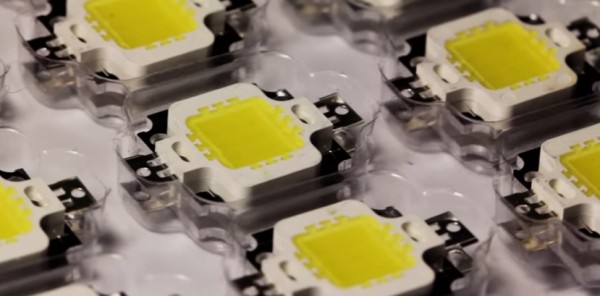By Ana Verayo, | November 27, 2016

Researchers at Caltech have manipulated living organisms to make chemical bonds not found in nature. (YouTube)
In a new scientific breakthrough, scientists have developed bacteria that can produce carbon and silicon, which are mainly used in microchips and other electronics.
A team from the California Institute of Technology, San Diego created this new enzyme which can help produce durable compounds instead of using toxic material.
Like Us on Facebook
Scientists believe that this will be very crucial for pharmaceutical and agricultural industries since silicon carbon compounds do not occur naturally, as they are specially made in laboratories by chemists.
According to the lead author of the study, Frances Arnold of Caltech, in this new study, the researchers sought to make nature do what chemists have been doing, but only better. The team successfully did this by isolating a protein found in bacteria which lives in the hot springs of Iceland.
This protein is known as Cytochrome c, and low levels of this protein can combine silicon and carbon. Scientists manipulated the genetic program of this protein and identified a part of this protein that contains iron, which is also responsible for bonding silicon and carbon.
The result is a remarkable enzyme that can make powerful bonds that are 15 times more efficient than those artificial silicon and carbon bonds.
The team suggests that this new silicon enzyme can be used for many industrial applications to prevent mining for precious metals and releasing toxic compounds obtained from artificial methods.
When the DNA of this enzyme is combined with the E.coli bacteria, scientists can breed biofactories that can knit together silicon and carbon compounds, far more durable than artificial ones in the market today.
According to the co-author of the study, Jenifer Kan of Caltech, this iron-based enzyme is non-toxic and cheaper, and also easily modified compared to other chemical catalysts. This reaction can be completed outside lab conditions, where you will only need water in room temperatures.
This new study was published in the journal, Science.
-
Use of Coronavirus Pandemic Drones Raises Privacy Concerns: Drones Spread Fear, Local Officials Say

-
Coronavirus Hampers The Delivery Of Lockheed Martin F-35 Stealth Fighters For 2020

-
Instagram Speeds Up Plans to Add Account Memorialization Feature Due to COVID-19 Deaths

-
NASA: Perseverance Plans to Bring 'Mars Rock' to Earth in 2031

-
600 Dead And 3,000 In The Hospital as Iranians Believed Drinking High-Concentrations of Alcohol Can Cure The Coronavirus

-
600 Dead And 3,000 In The Hospital as Iranians Believed Drinking High-Concentrations of Alcohol Can Cure The Coronavirus

-
COVID-19: Doctors, Nurses Use Virtual Reality to Learn New Skills in Treating Coronavirus Patients







